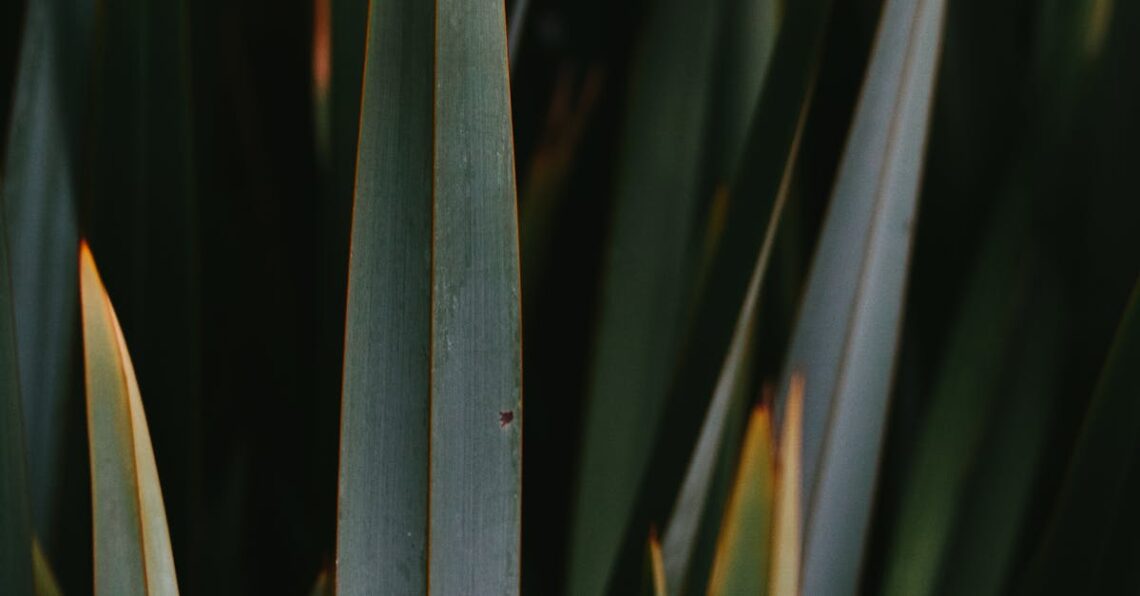Growing lithops from seed is an exciting venture that allows gardening enthusiasts to cultivate these unique and resilient succulents right from their beginning stages. Lithops, often referred to as “living stones,” boast an intriguing and attractive appearance that has captivated plant lovers worldwide. This comprehensive guide will provide you with essential insights on successfully growing lithops from seed, covering everything from seed selection and germination to optimal growing conditions and care tips to ensure your lithops thrive. Join us in this green journey to discover the fascinating world of lithops cultivation and enhance your home gardening experience!
Understanding Lithops
Lithops, commonly known as living stones, are fascinating succulents native to Southern Africa. These unique plants mimic the appearance of pebbles, helping them evade herbivores while retaining moisture. Lithops thrive in arid environments, making them perfect for drought-resistant gardens. When cultivating lithops from seed, it’s crucial to replicate their native habitat conditions to ensure successful growth. Most importantly, they require well-draining soil and ample sunlight. A popular choice for novice gardeners, lithops offer a rewarding experience as they mature into vibrant, multi-colored specimens. Engage in this greenery adventure and enjoy the process of nurturing these remarkable plants!
What Are Lithops?
Lithops are succulent plants resembling stones, uniquely adapted to survive harsh environmental conditions.
Types of Lithops
Over 37 species of Lithops exist, showcasing diverse shapes and colors, each with specific care needs.

Preparing for Germination
To successfully germinate lithops seeds, start by selecting high-quality seeds from reputable sources. Opt for varieties known for robust growth. A crucial factor in germination is the growing medium. Employ a well-draining soil mix, specifically crafted for succulents. This helps to prevent overwatering, a common pitfall for new growers. Consider using a seedling specific pot, providing adequate space for the seeds to sprout. Ensuring proper light is also essential; place your setup in a location that offers bright, indirect sunlight to encourage healthy growth. Remember, when growing lithops from seed, patience and care are key elements to your success!
Choosing the Right Seeds
Selecting quality seeds is essential for successful lithops cultivation. Look for varieties that have a reputation for reliable germination.
Ideal Growing Medium
A well-draining mix designed for succulents is vital for optimal seed growth. This prevents excessive moisture which can endanger seedlings.

Germination Process
To successfully start germination, understanding the temperature and light requirements is essential. Lithops seeds thrive in environments where the temperature ranges between 20°C to 25°C (68°F to 77°F). Provide bright, indirect light for optimal growth; direct sunlight can be detrimental. During this germination stage, ensuring suitable conditions will significantly enhance your chances of success when growing lithops from seed. Furthermore, controlling humidity levels is also beneficial to avoid mold. Regularly monitor the growing medium to maintain favorable conditions; these elements are crucial for establishing healthy seedlings.
Temperature and Light Requirements
Lithops seeds germinate best in temperatures ranging from 20°C to 25°C. Bright, indirect light is recommended to avoid scorching.
Watering Techniques
Water sparingly during germination. Moisten the growing medium without oversaturation to prevent rot.

Seedling Care
Caring for your lithops seedlings is crucial for their survival and growth. When transplanting seedlings, ensure they are at least 4 weeks old, with healthy leaves and roots. Gently move them to a well-draining soil mix, avoiding root damage. It’s essential to keep the soil slightly moist but not waterlogged. Fertilizing young lithops is also important; use a diluted, balanced fertilizer every 4-6 weeks during the growing season. This boosts nutrient uptake and promotes robust growth. Creating an optimal environment contributes significantly to the success of growing lithops from seed, leading to vibrant and resilient plants. For best results, monitor humidity and temperature closely to mimic their natural habitat.
Transplanting Seedlings
Timing is key when transplanting seedlings. Wait for seedlings to develop strong roots before transferring them to larger pots. This minimizes transplant shock.
Fertilizing Young Lithops
Utilize a half-strength cactus fertilizer to avoid over-fertilization. This practice enhances growth without risking plant health.

Common Challenges
When cultivating lithops from seed, gardeners often encounter common challenges that can affect growth. Pest management is a significant concern; these plants can attract aphids and mealybugs, which sap their vitality. Regularly inspecting your plants and applying natural pesticides can mitigate these issues. Additionally, disease prevention is crucial. Overwatering can lead to root rot, while fungal infections thrive in humid conditions. It’s essential to maintain a well-draining soil mix and avoid excess moisture. Employing proper greenhouse ventilation can help prevent such diseases. By being proactive in these areas, you can ensure healthy growth and vibrant lithops.
Pest Management
Regular inspection and natural pesticides can help manage pests.
Disease Prevention
Maintain well-draining soil and proper ventilation to prevent diseases.

Optimal Growing Conditions
Creating optimal growing conditions is essential for successful lithops cultivation. These unique plants thrive in bright, indirect sunlight, requiring around 6 hours daily. Properly managing humidity levels is crucial; a dry atmosphere mimics their native environment and promotes healthy growth. A humidity level between 30-50% is ideal for lithops, reducing the risk of rot. Additionally, temperature control plays a significant role. Lithops generally prefer temperatures between 70°F to 80°F during the day and cooler nights between 50°F to 60°F. For those interested in growing lithops from seed, maintaining these parameters ensures a thriving and efficient germination process, setting the stage for a flourishing lithops garden.
Light and Humidity Levels
Lithops require bright, indirect sunlight for optimal growth. Humidity should be kept between 30-50%.
Temperature Control
Ideal temperatures are 70°F-80°F during the day and cooler nights at 50°F-60°F.

Long-Term Care
Caring for adult lithops requires a specific watering schedule, which is crucial for their health. These unique plants thrive in dry conditions and need minimal water. Overwatering is detrimental; it’s best to water only when the soil is completely dry. During their growing season, typically in the late summer, you can water once every few weeks. It’s essential to observe the lithops for signs of shriveling, which indicates they need water. Additionally, cultivating lithops is an art that includes learning the best practices for repotting. As lithops grow, they may need repotting every few years to refresh the soil and provide room for growth. Avoid disturbing their roots too much, as they can be sensitive. Did you know that growing lithops from seed can further enhance your collection? Start with well-draining soil and proper lighting for the best results.
Watering Adult Lithops
Watering adult lithops is crucial; they thrive in minimal moisture. Only water when the soil is dry and avoid overwatering, especially in winter.
Repotting and Maintenance
Repot lithops every few years to refresh their soil. Be cautious with their sensitive roots to promote healthy growth.

Conclusion
In conclusion, growing lithops from seed is a fulfilling process that requires patience, knowledge, and the right conditions to succeed. With the tips and techniques discussed in this guide, you can embark on your lithops cultivation journey with confidence, ensuring your plants flourish for years to come. Happy gardening!






